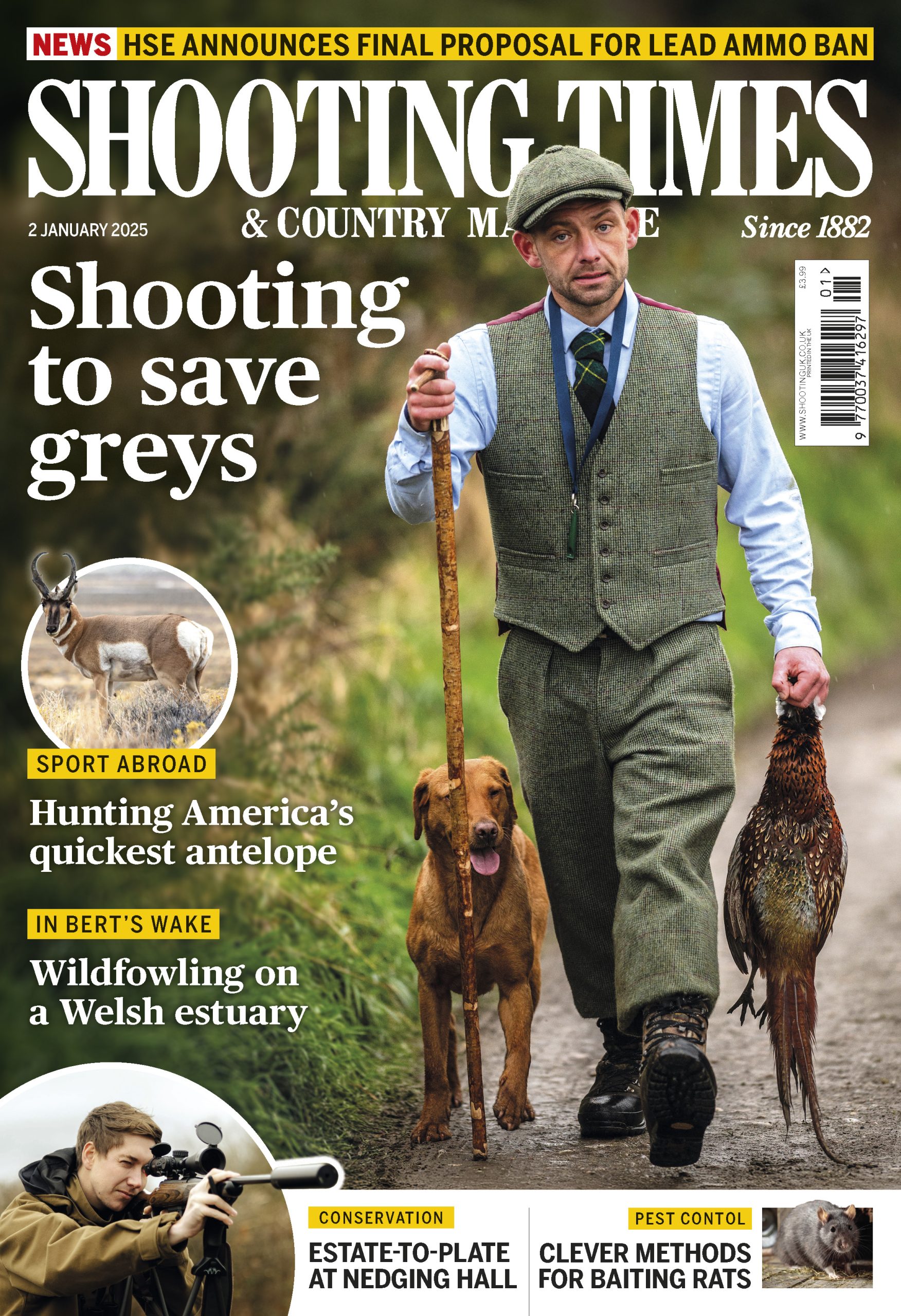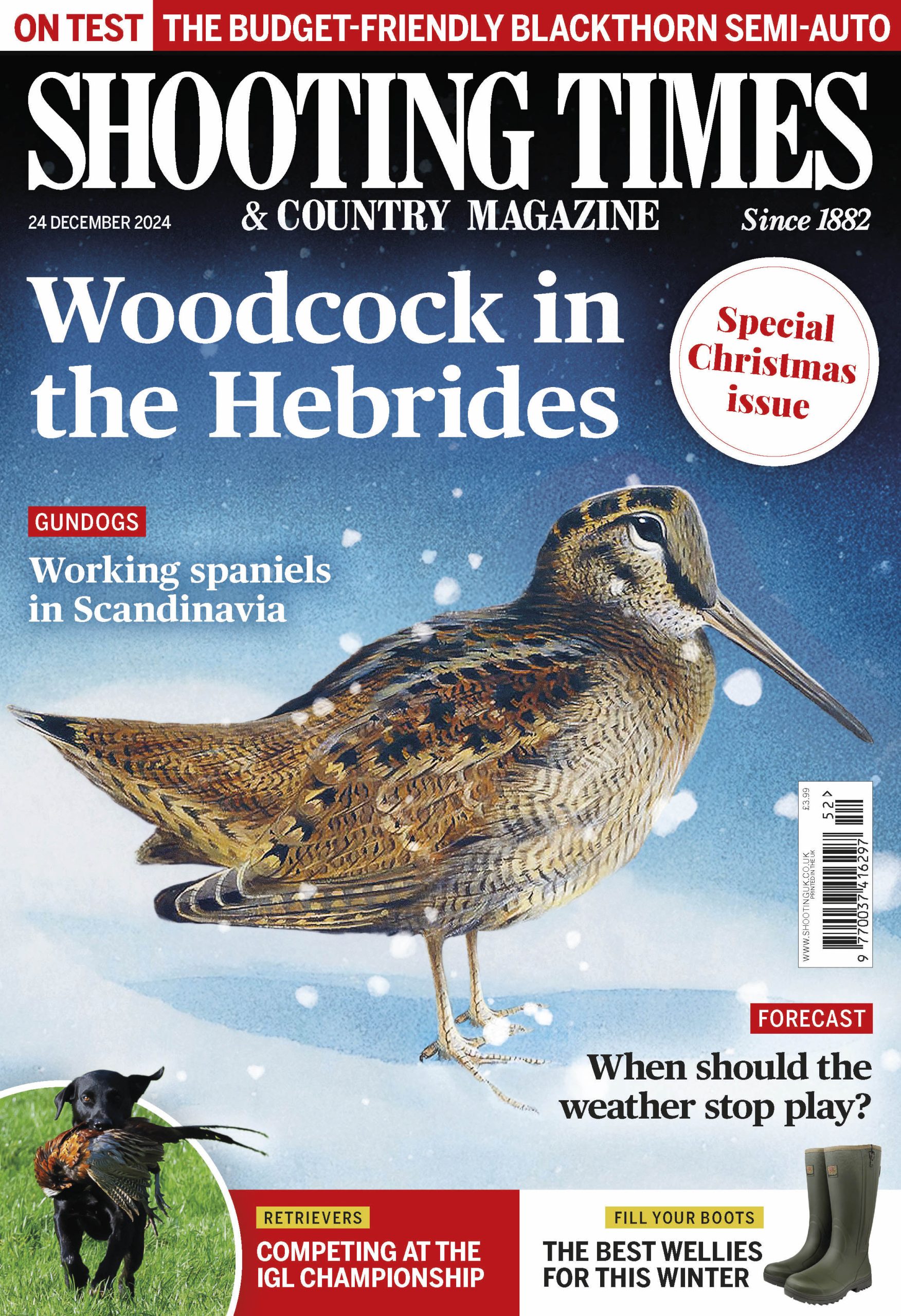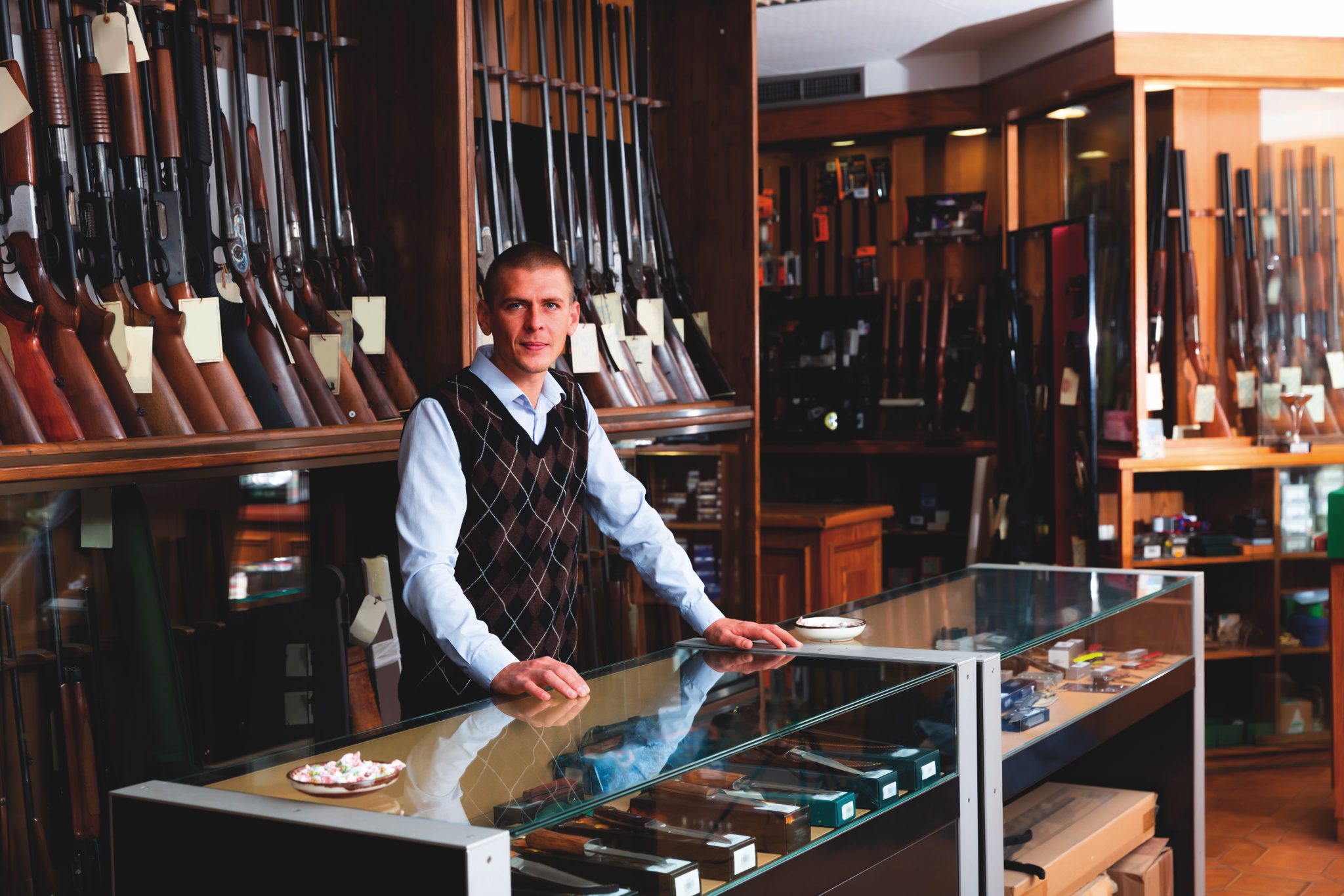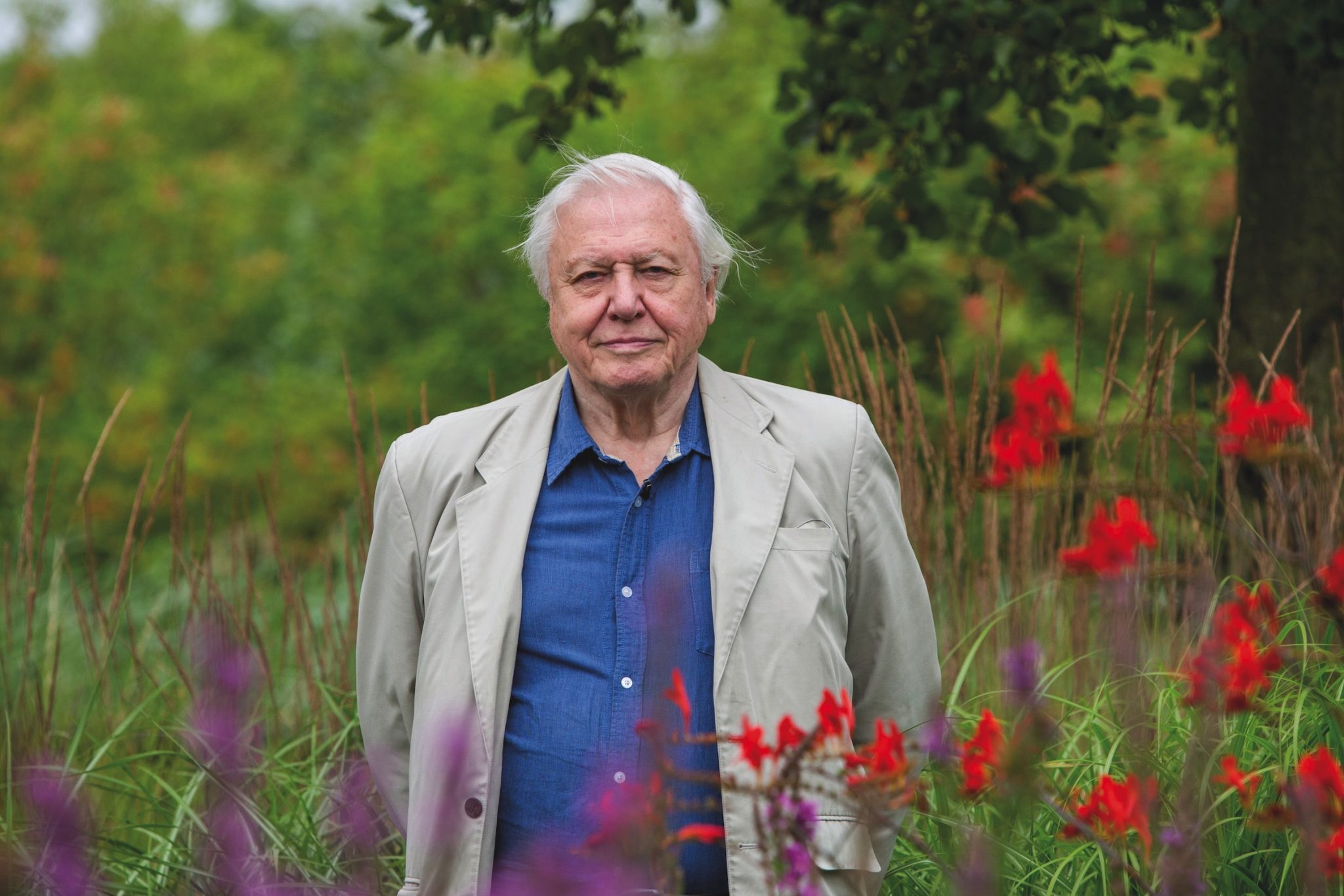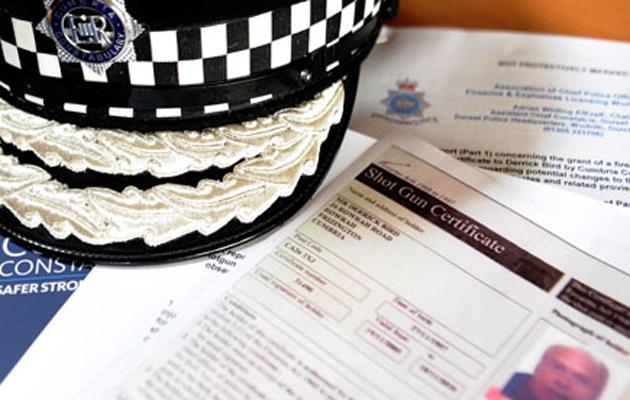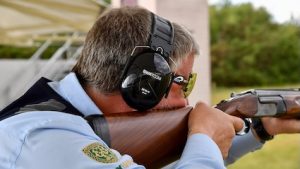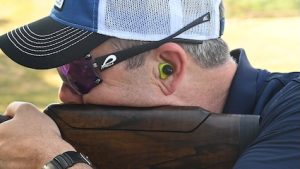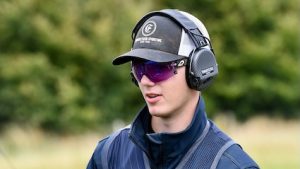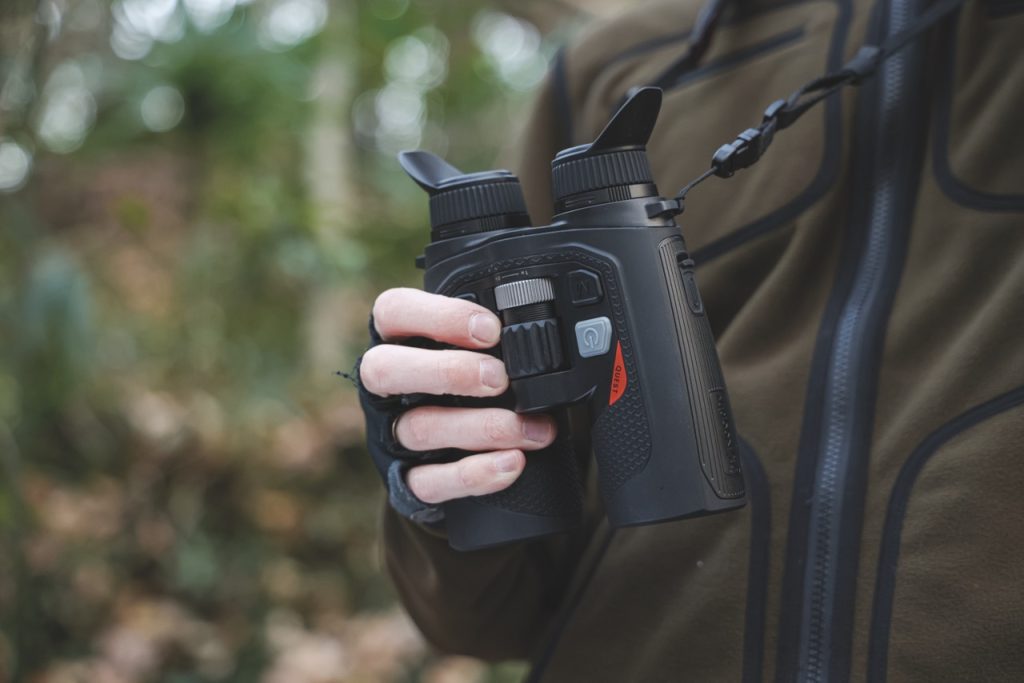Win CENS ProFlex DX5 earplugs worth £1,149 – enter here
5 Essential Shooting Accessories for Safety and Success
When heading out for a day of shooting—whether it’s clay pigeon, rough shooting, or a session at the range—having the right gear beyond your gun can make all the difference. Every shooter knows that the little things can greatly impact comfort, safety, and performance.
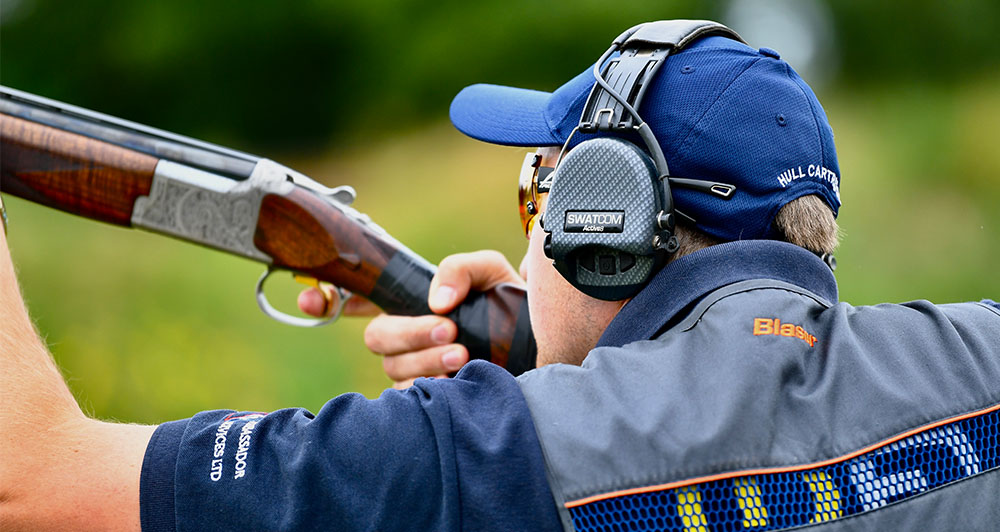
In this article, we’ll cover five essential shooting accessories you shouldn’t be without. These items will protect you from harm and help you shoot with confidence, all without turning your kit into a cluttered mess.
Hearing Protection: Ear Defenders and Ear Plugs
Gunfire produces extreme noise levels that can instantly damage your hearing if unprotected. Most 12-bore shotgun reports are around 150–160 decibels, and any noise above 120 dB can cause permanent hearing loss in a matter of seconds.
Unlike a bruise that heals, noise-induced hearing damage is irreversible—the delicate inner ear cells won’t grow back. Quality shooting ear protection is a must-have for anyone around gunfire.
There are two main types of hearing protection: ear defenders and ear plugs. Many shooters prefer earmuff-style ear defenders because they’re easy to put on and provide a consistent seal over the entire ear. Modern electronic earmuffs even use smart circuitry to amplify voices and ambient sounds while automatically clamping down on the gunshot noise in milliseconds. This means you can carry on a conversation or listen for game approaching, yet still be protected from the deafening blast of a shot.
On the other hand, ear plugs are compact and can be worn alone or under earmuffs for extra protection. Many shooters tend to “double up” with ear plugs and defenders together in very loud settings – as this can add approximately 10–15 dB of noise reduction compared to using one type of hearing protection alone. This can be especially useful for those who shoot at indoor ranges where gunshot noise can be particularly loud.
When choosing hearing protection, pay attention to the attenuation rating. In the UK/EU this is given as SNR (Single Number Rating), which indicates how many decibels the device can reduce under ideal conditions. A higher SNR means more protection. Aim for at least 20–25 dB SNR for general outdoor shotgun or rifle use, and 30 dB or more if you frequently shoot indoors or use magnum calibres.
Ultimately, never fire a gun without some form of ear protection – even one unprotected shot can inflict tinnitus or permanent hearing loss. Good ear defenders are relatively affordable, especially compared to the priceless value of your hearing.
Eye Protection: Shooting Glasses
Just as your ears need guarding against noise, your eyes need protection from the hazards of shooting. Flying debris from shotgun wads, clay target fragments, ricochets, or even the hot brass ejected from a firearm can all cause serious eye injuries.
Shooting glasses are now considered an essential part of any shooter’s kit, and for good reason. They not only shield your eyes from impact, but can also enhance your vision by reducing glare and improving target contrast.
Look for glasses with shatterproof polycarbonate lenses that meet high-impact ballistic standards. Many shooting glasses come with interchangeable tinted lenses—common tints include yellow, orange, or purple, each designed to make targets stand out against different backgrounds or lighting conditions.
For example, a yellow lens can brighten overcast conditions, while purple or vermilion tints enhance the orange of a clay target against green foliage or a blue sky. Choosing the right tint can significantly improve your ability to pick out a target quickly, boosting accuracy.
Fit and comfort are also important. Glasses should wrap sufficiently to block debris from the side, but not so much that they impede your peripheral vision. Many shooters prefer designs with thin or adjustable arms (temples) so that the glasses don’t break the seal of their ear defenders or create pressure points.
Shooting Gloves: Comfort, Grip and Protection
Cold, wet, or fatigued hands can really spoil a day’s shooting. This is where a good pair of shooting gloves comes in. Gloves keep your hands warm and responsive in chilly weather so you maintain proper trigger control. They also provide a better grip on your gun, especially on wet or cold metal, and can protect your skin from scrapes or hot barrels.
Yet historically, opinions on shooting gloves have been mixed. In the old days of driven shoots, some traditionalists insisted that “gentlemen don’t wear gloves” when shooting. That stigma has long faded for most of us in the field. In fact, it might only take one painful experience—numb fingers on a frosty morning or a scalding barrel burn—to underline the importance of decent shooting gloves.
Look for gloves that fit snugly but don’t restrict movement—you should be able to easily feel the trigger and safety. Specialized shooting gloves often have added features like non-slip palms, padded patches at the hand’s heel to absorb recoil, or even touch-screen compatible fingertips (handy for operating smartphone ballistics apps or rangefinders).
While they may be optional for some, the right pair of gloves can increase your shooting comfort and effectiveness. Keep a pair in your bag and you’ll be ready when the conditions call for them.
Range Bags: Keeping Your Gear Organized
With so much shooting gear to carry around including ammo, ear defenders, glasses, gloves, choke tubes, and more, you’ll need a convenient way to carry it. With high-quality range bags, you have a designated spot for each accessory, ensuring that nothing important gets left behind and is found quickly when required.
When choosing a range bag, consider the capacity and compartments that you require. It should be large enough to hold your essential kit but not so bulky that it becomes a chore to lug around.
If you shoot different disciplines, consider a bag with adjustable dividers or removable inserts, so you can reconfigure space for clays versus a rifle session.
Durability is key as well—look for tough materials like canvas or leather with robust zippers. A waterproof or at least water-resistant bottom is a nice feature for setting the bag down on damp ground. Some shooters even opt for a wheeled range trolley or range backpack, especially if they need to haul a lot of kit or walk long distances from car to stand.
With everything in one place, you can focus on enjoying the shoot rather than worrying if you misplaced your ballistic glasses or ear protection.
Ammo Carriers: Cartridge Pouches and Skeet Vests
Having quick access to your ammunition is both convenient and saves you time. That’s why a cartridge pouch, or skeet vest is often considered an essential accessory for many shooters.
Cartridge pouches typically attach to your belt and provide easy access shells without having to rummage around in your range bag while skeet vests have built-in large front pockets specifically to hold cartridges, along with recoil pads on the shoulder.
Skeet vests are usually made from mesh or light fabric to keep the wearer cool. Competitive clay shooters and even many casual shooters use vests for the convenience and professional feel they offer.
The bottom line is that a dedicated ammo carrier will make your life easier and your shooting smoother. You’ll spend less time scrambling for shells and more time focusing on the target.
The right shooting accessories can make all the difference when it comes to a great day shooting clays, hunting or at the range. None of these accessories will fire the shot for you, but together they create a safer, more efficient, and more enjoyable environment in which to practice your sport.
Related Articles
Get the latest news delivered direct to your door
Subscribe to Shooting Times & Country
Discover the ultimate companion for field sports enthusiasts with Shooting Times & Country Magazine, the UK’s leading weekly publication that has been at the forefront of shooting culture since 1882. Subscribers gain access to expert tips, comprehensive gear reviews, seasonal advice and a vibrant community of like-minded shooters.
Save on shop price when you subscribe with weekly issues featuring in-depth articles on gundog training, exclusive member offers and access to the digital back issue library. A Shooting Times & Country subscription is more than a magazine, don’t just read about the countryside; immerse yourself in its most authoritative and engaging publication.
